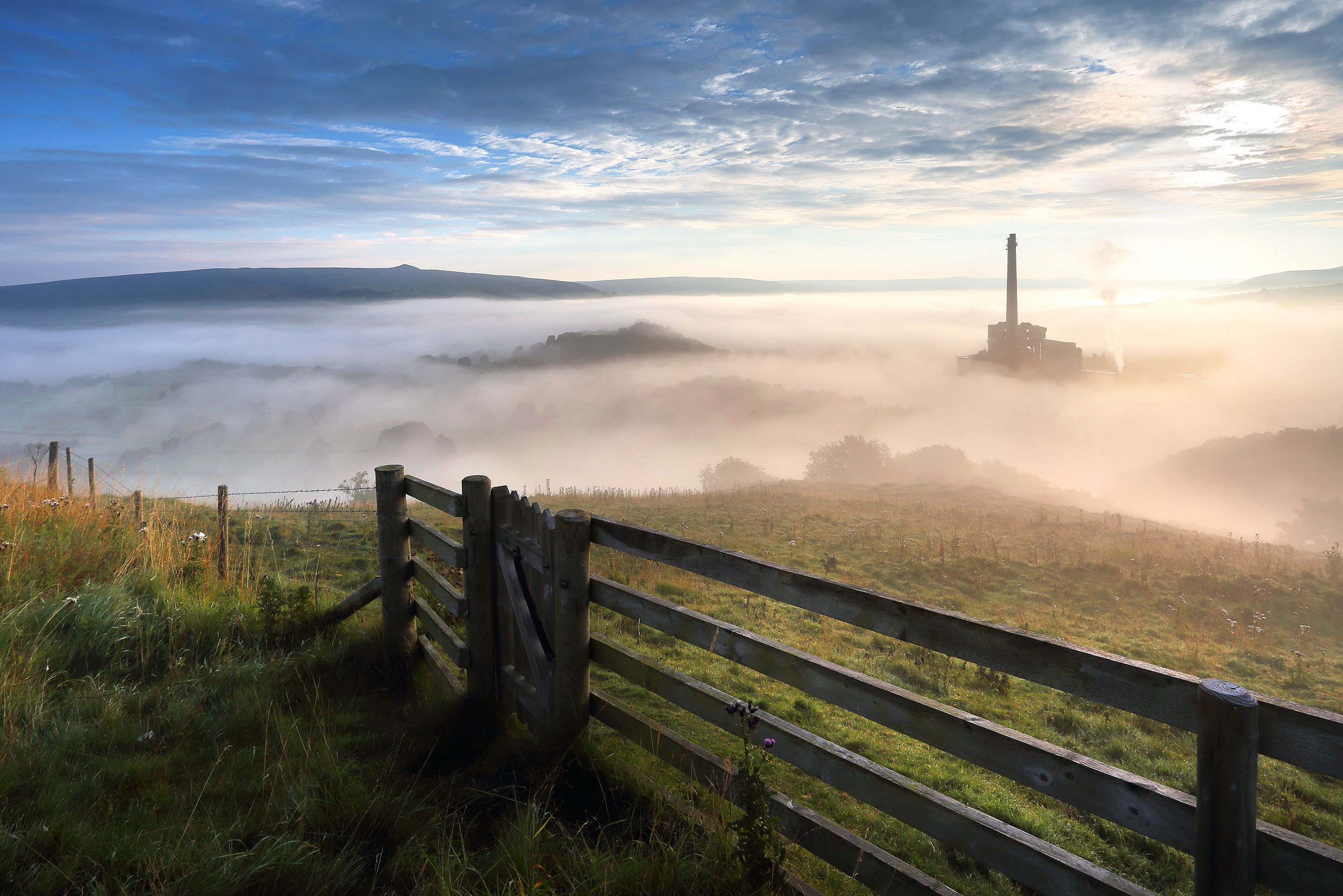# Introduction

Photo: Chris Gilbert
Land Cover are the physical elements occupying the earth's surface. This is important data for Category 5 (opens new window) protected landscapes to monitor. Human activity, mostly for food production and forestry, is transforming landscapes. Today, one third of all land is degraded or degrading, which harms biodiversity and jeopardises essential ecosystem services such as carbon storage. Protected areas offer a solution. If effectively managed and fairly governed, such areas can safeguard nature and cultural resources, protect human health and well-being, provide sustainable livelihoods and so support sustainable development (IUCN).
Survey, monitoring and evaluation is crucial to understanding the condition and management status (getting better, staying the same, getting worse) of any protected area, site, habitat or species. Due to restricted budgets and short-term priorities it is often the poor cousin to physical projects. Therefore, the last time land cover and land use were monitored to a high degree of accuracy and detail in UK National Parks was 1991. This study (seen below) assessed point, linear and polygon features across 50 types of landscape features.
This is an interpretation key for the polygon features only which make up 38 definitions of Land Cover.
# Landscape Change in National Parks (CCP359)
This 1991 Countryside Commission report published the results of monitoring of landscape change in National Parks in England and Wales. The project compared aerial photography of each National Park from dates in the 1970s with the late 1980s. This enabled an assessment to be made of change in land cover, as well as linear and point landscape features. Both net change (overall loss or gain) and gross change (which measures change between features) are assessed, with ground surveys carried out to check the accuracy of the interpretation of the aerial photos. Summaries of the changes, supported by maps and bar charts, are given for each National Park in England and Wales, including the Broads Authority. The report concludes with a discussion on the common themes and their scale and significance for our cherished landscapes.
http://publications.naturalengland.org.uk/publication/5216333889273856 (opens new window)
# Aerial Photography
Figure 1 shows the capture dates for the imagery used in this exercise. Weather affects both when imagery can be collected light effects due to time of day, seasonal timings affect the quality of imagery in terms of sunlight intensity and angle. In an ideal situation, where resources permit, photography used in a survey like this one would be from one survey event. In practice we have had to use imagery collected over 4 years. Whilst not an unusual situation with aerial imagery this presents a number of challenges to any surveyor in identifying and separating vegetation at landscape scales.

As can be seen from figure 1 the imagery used here was collected over 4 years, in UK terms, from the middle of meteorological spring to early summer. Surveying plants during spring into summer across large landscapes presents us with a large range in phenological changes to vegetation, such as flowering, leaf setting, leaf development and how green they look (chlorophyll content). Alongside this most of the Landscape is actively managed so agricultural management such as fertiliser spreading, livestock movements and grass cutting for fodder can radically alter the appearance and growth stage of vegetation and confound classification.
Figure 2 illustrates some of the large differences in the general appearance of vegetation appearance in our imagery set. Please also see the landcover sections below for particular challenges associated with each subclass.
